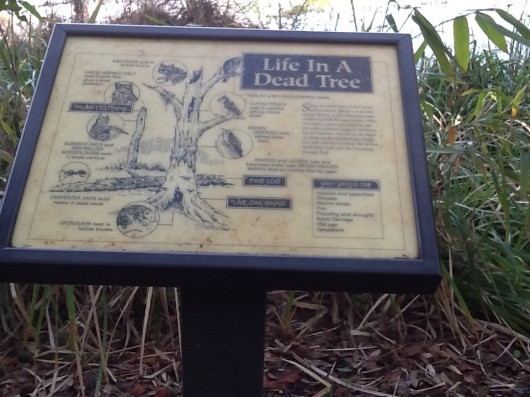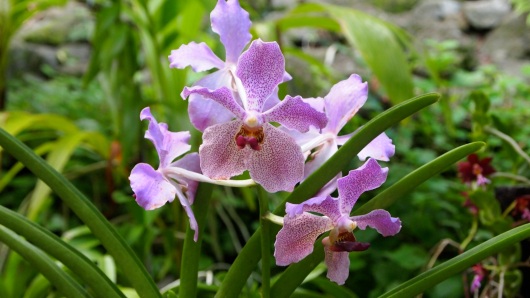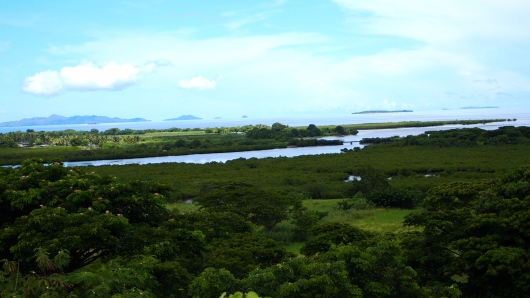It’s a beautiful part of the world. San Francisco Bay has become our new home this last year, and we’ve loved exploring the area. Last week we took the Larkspur Ferry into the city, and seeing the water and beautiful views reminded me of why I care so much about the health of the environment and protection of our natural resources.
Many of our dinner conversations lately have circled around one of the most precious natural resources: water. With all the water that surrounds us here…the bay, the ocean, the rivers…it is easy to forget how important it is to conserve water. In California, our water bill is by far our highest priced utility. It costs so much because there are so many people in California who draw from a rather limited water supply. It makes me wonder, do people really pay attention to their water usage? When taking a shower, does someone turn on the water and wait 5 minutes for it to get to just the right temperature? What about landscaping. When designing the layout for the front yard, does someone in California choose local plants and landscaping that doesn’t require an excessive amount of water, or lush grass that requires water every other day? These have all been on my mind lately.
I imagine this will be an ongoing discussion for me, so I encourage you to include your thoughts. I am also interested to know how people feel about water usage in different parts of the U.S., or even the world.
I encourage you to take note of the amount of water you use in a day, and see where in your routine you might be able to save a gallon or ten. If everyone made an effort to conserve water, and only use what they needed, surely we could better protect such a precious resource.






































